Soft Classic Shopping Guide From Head To Toe
Jump To:
The Soft Classic body type is characterized by a yin-yang balance that leans slightly towards yin. It’s the general blend of a refined and courteous spirit with a subtle soft physicality. Here is a comprehensive soft classic shopping guide from head to toe.
How do you dress a Kibbe soft classic?
Jackets and blazers
- Jackets should be lightly fitted, with a sinuous form that delicately reveals the waist (subdued, not fussy).
- Short to medium lengths are ideal, while a longer length in a belted jacket or one with a subtle peplum is possible.
- They look best with subtle details like shoulder tucks or gathers and tapering sleeves, and they can have minor shoulder definition with sharp pads.
- Again, such attention to detail should be subtle and understated rather than fussy and overbearing.
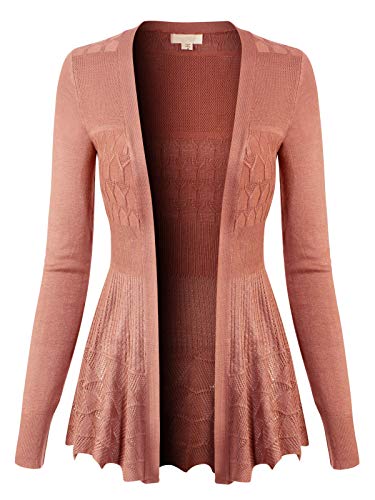
Dresses
- Dresses should be flowing, fluid, and feminine.
- The finest forms are flared, and waist definition is crucial (although it may be slightly dropped in very clingy fabric).
- Soft detail with a touch of intricacy is excellent.
- Asymmetric patterns also work well.
Avoid:
- Fashions with extremely customized tailoring.
- Styles that are broad and unconstructed.
- Designs that are extremely fussy or frilly.
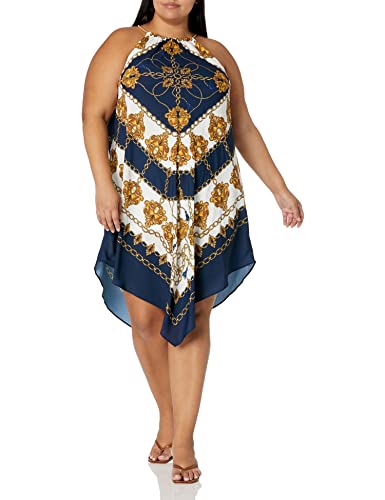
Skirts
- To reduce rigidity, a straight skirt should be light and gently tapered at the hemline. Flared skirts with an irregular hemline that gently flows are ideal.
- Straight skirts should be with short hemlines, no more than one inch below the knee.
- Uneven hemlines should always be longer, brushing the mid-calf region beautifully.
- Small, delicate slits should be suggested rather than overdone.
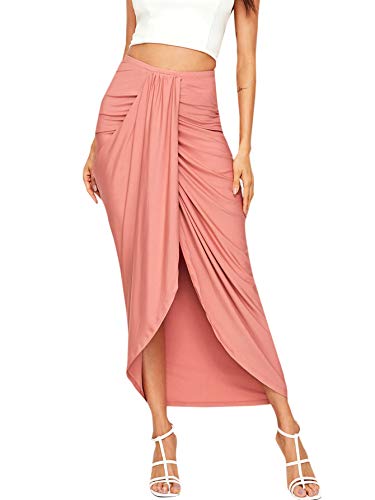
Sweaters
- Lightweight knits are ideal, especially if they have a wonderfully smooth texture.
- Cashmere, bouclé, angora, and silky weaves are all high-quality materials. Short to intermediate lengths work the best.
- It’s nice to have subdued, complex detail (appliqué, beading, shirring).
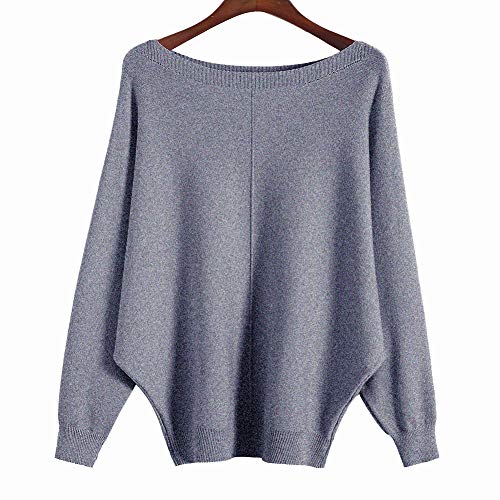
Separates
- Use them with caution and sparingly.
- Separates are only successful if they’re part of a well-coordinated, “ensemble” approach to your entire look.
- Avoid a staccato effect by keeping the colors, textures, and textiles beautifully integrated.
Evening wear
- Forms that are symmetrical and flowing.
- Detail with a hint of ornateness.
- Fabric that is lightweight, draped, and sheer.
- Fabric with a hint of glint.
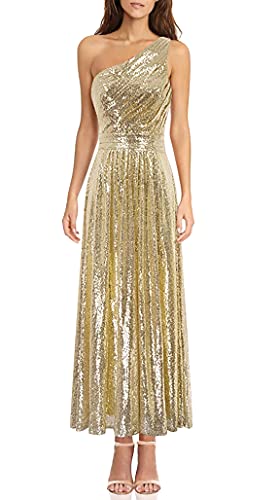
Blouses
- Blouses should be delicate and beautiful, with a hint of subtle decoration or soft edges.
- Soft bows, lacey borders, jabots, and draped necklines are all great choices.
- Subdued trim, such as appliqué, shirring, gathers, beading, and so on, is also acceptable as long as it isn’t excessive.
- Lightweight fabric with a subtle gloss, such as silk, is ideal.
- Batiste, voile, and other fabrics with very soft and translucent lines are very lovely.
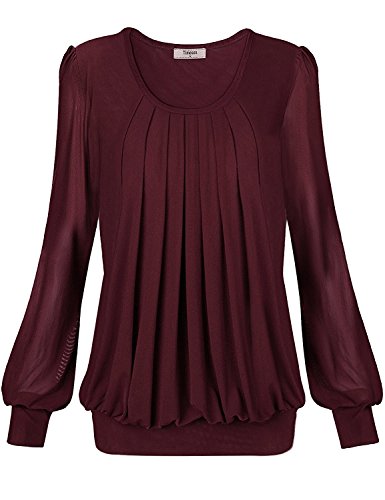
Hair
- Hair should be neat, silky, and soft, with a curved edge and an attractively clean shape.
- Curls and waves are beautiful as long as they aren’t too tamed or cascading.
- The greatest cuts are blunt cuts with very slight layering to frame the face.
- The length of your hair should be moderate to long, but the longer it is, the more probable it will need to be set in order to maintain the stylization required for your sophisticated style.
Haircolor
- The color of your hair should be smooth and glossy. The greatest colors are those that are realistic and natural. Stay as close to your original hair color as possible.
- If your natural hair color is blond, red, or medium brown, lightening or brightening it a shade is achievable.
- If your hair is in these color ranges, you might also opt for mild lowlights.
- Brunettes should avoid lightening or highlights at all costs because the outcome is aged and exhausting, especially if they’ve started to grey.
Jewelry
- Clean, beautiful, and gently feminine jewelry is ideal. It gives a touch of elegance to your ensemble.
- It doesn’t have to be overdone; merely implying your glitz with a bit of dangle, a touch of glitter, and a hint of complexity is enough.
- It’s ideal to have a bit antiquated touch to your jewelry.
What should a soft classic wear?
The little elements will tell the narrative if you want your outfit to say traditional and delicate. Smaller patterns, gentle flowers, lace, ruffles, soft edges, neutrals, calming hues, subtle detailing, simplicity, and length are all things to look for.
What is soft classic style?
Because a Soft Classic is still a Classic, your clothing lines should be crisp, unbroken, and symmetrical, with a focus on the waist. Aim for outlines that are smooth, delicate, and symmetrical, with only a hint of shape. Smooth, horizontal, or diagonal draping and gently flowing lines that flare or swirl is fantastic.
Where do soft classics gain weight?
Because weight accumulates mostly in the breast and hip areas, the body tends to become rounded. Arms and thighs can become very soft, and the soft gamine face can become extremely plump and mushy.
What is soft gamine body type? What is a soft gamine?
Soft gamine body type have both yin and yang characteristics (with a heavier emphasis on yin features). Soft, rounded curves with angular edges, sharp lines, and sharp edges are the distinguishing features. The end effect is a lovely, boyish look.
